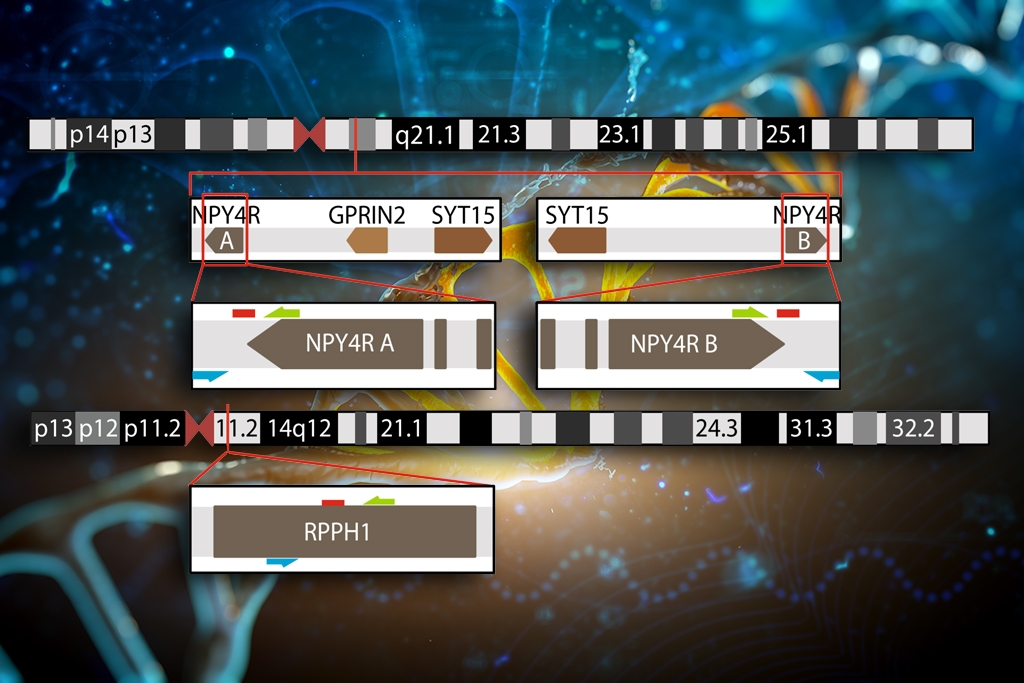Droplet digital PCR suitable for gene copy number determination
In a recent study, SciLifeLab researcher Dan Larhammar (Uppsala University) and his group investigates new, more accurate, ways to determine gene copy number variation.
Copy number variation (CNV), a process where part of the genome is repeated two or more times. Sometimes whole genes are copied and the amount of repeats varies between individuals in a population. Copy number variation plays an important role in human genetic diversity but it is also associated with several diseases.
In a recent study led by Dan Larhammar (SciLifeLab / Uppsala University), researchers investigated a CNV that spans the gene NPY4R, an appetite regulating receptor found in the pancreas. The genomic region is hard to map due to the multiple repeated elements but previous studies suggest the most common amount of copies is two for each genome.
After investigating 18 individuals, of which two were Neanderthal and one Dennisova (a prehistoric humanoid genetically distinct from Neanderthals and modern humans), the researchers found that the most common copy number for NPY4R was in fact four. They also found the same amount in the archaic human genomes indicating that the duplication occurred before the human-Neanderthal/Denisova split.
The results, published in BMC Biotechnology, showed that the new droplet digital PCR (ddPCR), a method were the sample is divided into 20 000 nanoliter sized dropplets which then undergo individual PCR, is much more reliable and sensitive enough for CNV copy determination and that further investigation of NPY4R copies and its consequences are important due to the important role of the Y4 receptor in food intake regulation.





